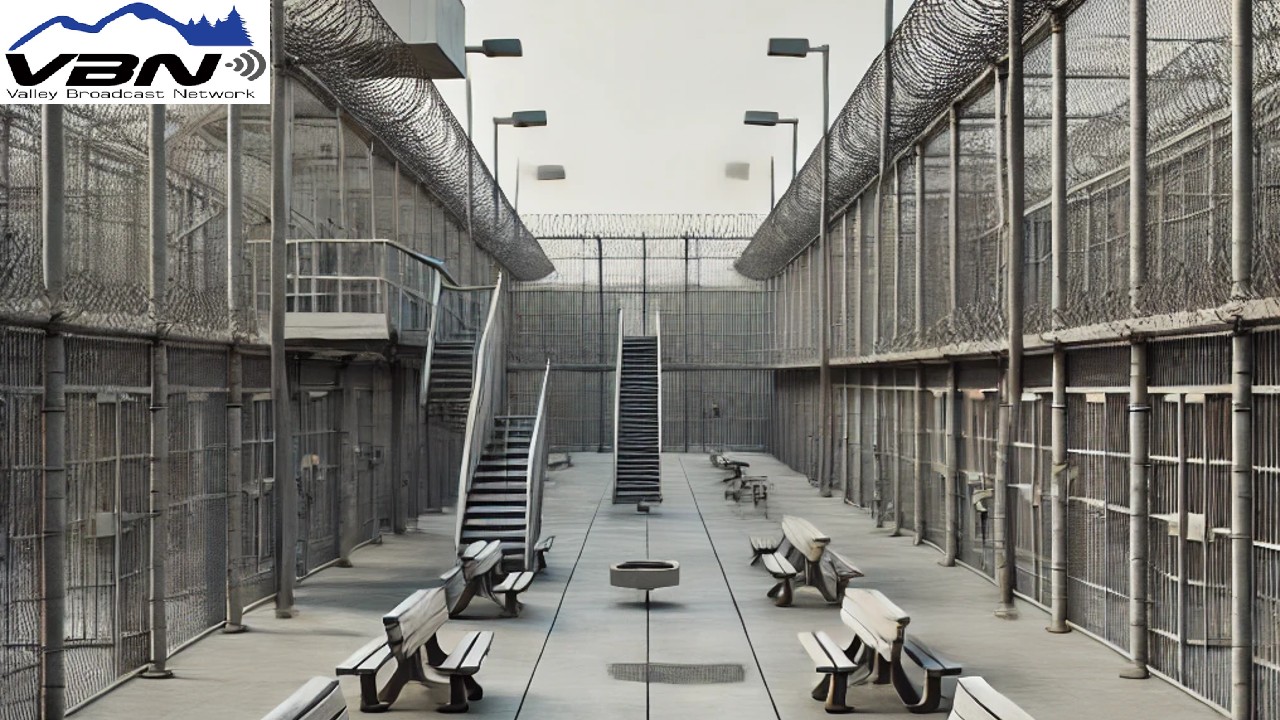The recent suicide of an inmate at the Butte-Silver Bow Detention Center has drawn attention to a growing issue within the Montana justice system: overcrowded jails. Overcrowding has been a persistent challenge in Butte’s detention center, where the facility regularly exceeds its intended capacity. Built to house around 72 inmates, the detention center often holds more than 140 inmates at any given time, leading to strained resources and increased risks for the incarcerated individuals.
Overcrowding and Mental Health Concerns
The high inmate population has put tremendous pressure on the facility’s ability to provide adequate care, especially in terms of mental health services. Overcrowded conditions contribute to heightened stress, anxiety, and tension among inmates, often exacerbating existing mental health issues. Experts have long warned that overcrowded prisons and jails create environments where inmates are more vulnerable to suicide.
In this recent case, the inmate was found in his cell with self-inflicted injuries. Despite the best efforts of detention officers and emergency responders, the individual could not be saved. This tragic incident has led to renewed calls for improving mental health services in jails and reducing overcrowding to ensure that inmates receive the care and attention they need.
The Impact of Overcrowded Facilities
The Butte-Silver Bow Detention Center is not alone in facing overcrowding. Jails across Montana, and indeed the country, are grappling with too many inmates and not enough space or resources. As a result, inmates often experience longer waiting times for court dates, less access to rehabilitative services, and inadequate medical care.
Overcrowding also affects the morale and mental well-being of jail staff, who are stretched thin by the sheer number of inmates they are responsible for managing. With insufficient staff to monitor and provide mental health support, individuals in distress may go unnoticed, increasing the risk of harm.
Systemic Challenges and the Need for Reform
One of the primary reasons for overcrowded jails is the backlog in the state’s judicial and correctional systems. Many inmates remain in local jails for extended periods while awaiting transfer to state prisons, where space is often unavailable. This bottleneck exacerbates overcrowding in county facilities, creating a cascade of problems for everyone involved.
There have been calls for reforms, including reducing the number of low-level offenders held in jail and increasing diversion programs for those with mental health and substance abuse issues. Advocates argue that providing mental health treatment and alternatives to incarceration could help alleviate the overcrowding crisis, as well as reduce the risk of tragedies like the recent suicide at the Butte detention center.
Addressing the Crisis
In response to the growing concerns, local officials have been working to improve mental health services for inmates and explore ways to reduce the inmate population at the Butte facility. This includes seeking more funding for mental health professionals, expanding rehabilitation programs, and working with state officials to expedite transfers to state prisons. Overcrowding remains one of the most significant challenges facing detention centers and jails across Montana. The tragic loss of life underscores the urgent need for reforms to ensure that inmates receive the care and attention they deserve while in custody.




